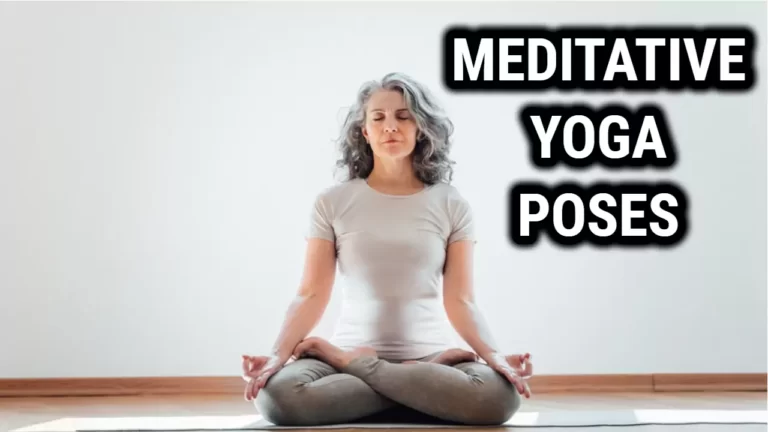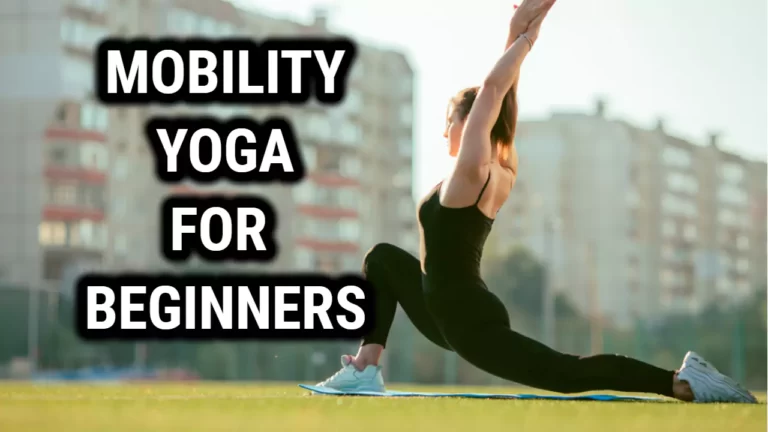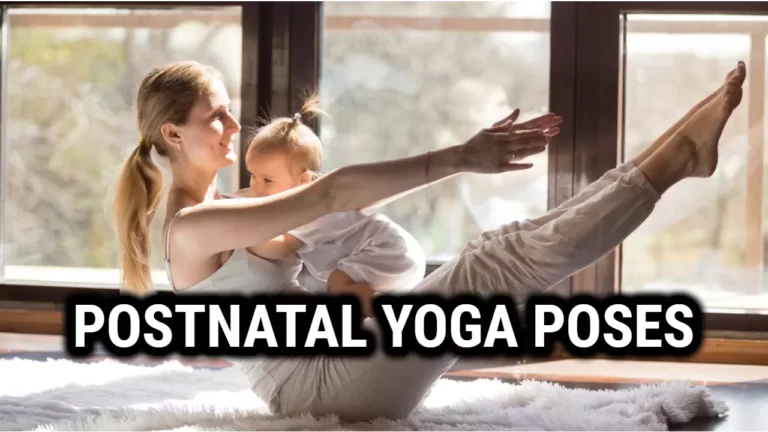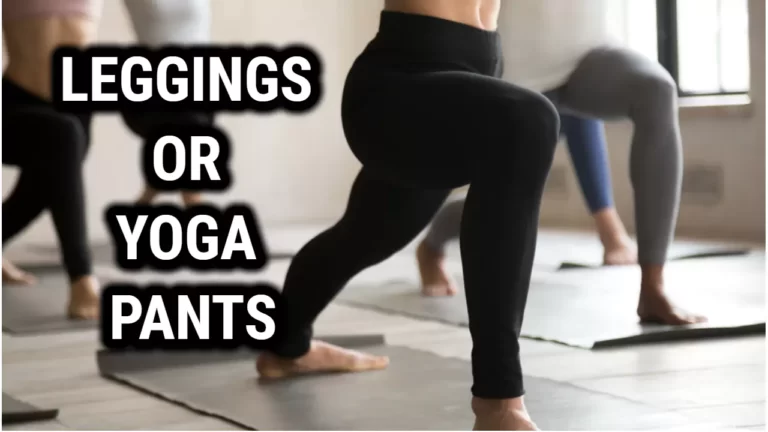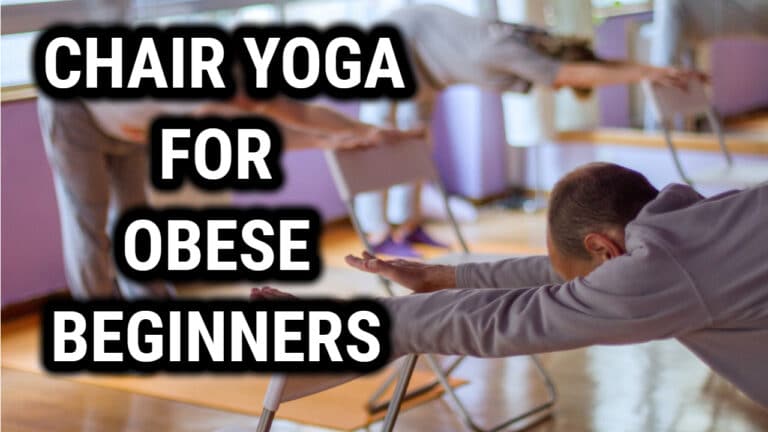Forward Bend Yoga Poses: Improve Flexibility and Reduce Stress
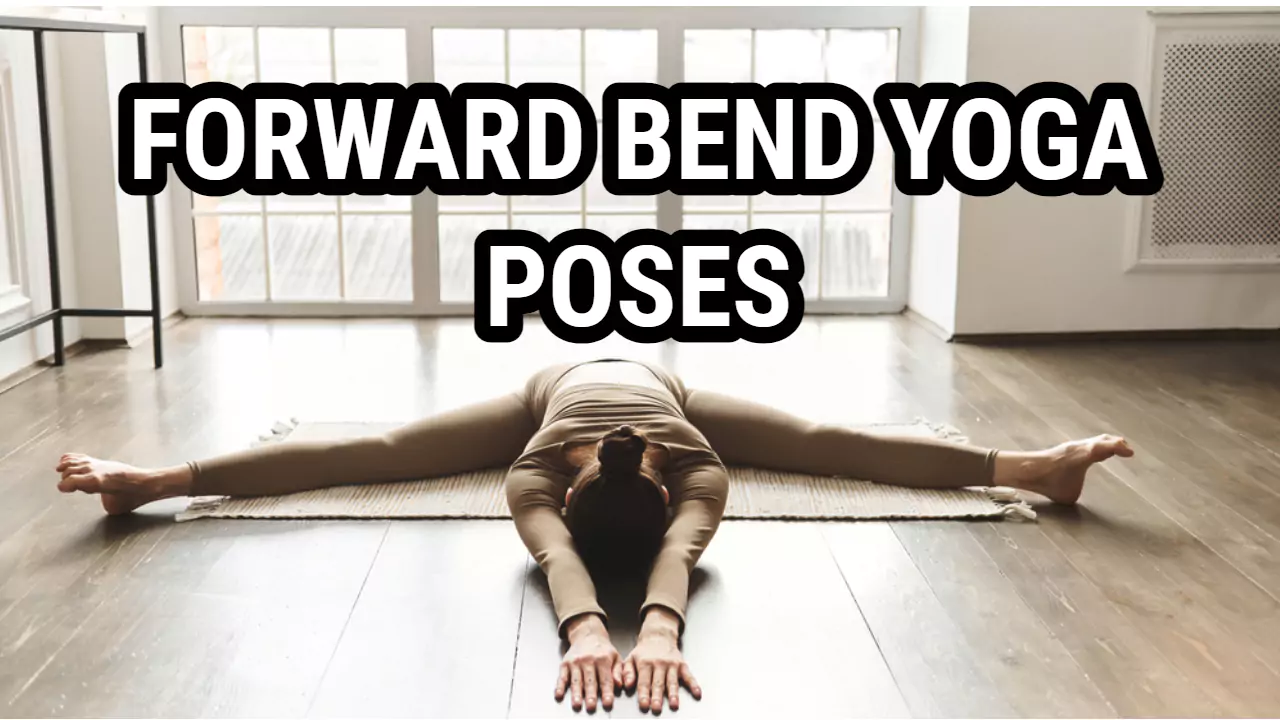
Forward Bend Yoga Poses are a popular type of yoga posture that brings the front of the upper torso closer to the lower body. These postures can be performed in standing, supine, or seated positions, and are known for their ability to create length and space in the spine while counteracting compression.
Forward Bend Yoga Poses are typically practiced towards the end of a yoga session, before inversions and relaxation poses. These poses can help to calm the mind and release tension in the body, making them a great way to wind down after a long day. Additionally, Forward Bend Yoga Poses can improve flexibility, strengthen the core, and improve circulation throughout the body.
Whether you’re a seasoned yogi or just starting out, incorporating Forward Bend Yoga Poses into your practice can have numerous benefits for both the mind and body. In this article, we will explore some of the most popular Forward Bend Yoga Poses, their benefits, and how to perform them correctly to get the most out of your practice.
Benefits of Forward Bend Yoga Poses

Forward bend yoga poses offer a variety of physical and mental benefits. Here are some of the key benefits:
- Stretches the entire spine: One of the main benefits of forward bend yoga poses is that they stretch the entire spine, helping to maintain good spinal health and flexibility. This can be especially beneficial for those who spend a lot of time sitting or standing in one position.
- Improves posture: Forward bends can also help to improve posture by lengthening the spine and opening up the chest. This can help you stand or sit taller and more confidently.
- Stretches the back of the legs and neck: Many forward bend yoga poses also stretch the back of the legs and neck, which can help to relieve tension and improve flexibility in these areas.
- Calms the mind: Forward bends are considered calming, soothing, and introspective. They can help to quiet the mind and promote relaxation, making them a great choice for stress relief or before bedtime.
- Improves digestion: Forward bends can also help to stimulate digestion and improve circulation to the abdominal organs, which can aid in digestion and elimination.
Overall, incorporating forward bend yoga poses into your practice can help to improve your physical and mental well-being. However, it’s important to listen to your body and not push yourself too hard, especially if you’re new to yoga or have any pre-existing injuries or conditions.
Types Of Forward Bend Poses
Forward bend poses are a great way to stretch and relax the entire body. There are several different types of forward bend poses, each offering different benefits. These include standing, seated, reclined, and twisted forward bends.
Standing forward bends involve bending at the waist while keeping the legs straight. This pose helps to stretch out the lower back and hamstrings. It can also help to improve posture and relieve stress.
Seated forward bends involve sitting with the legs out in front of you and bending at the waist until your chest touches your thighs. This pose helps open up the hips while also stretching out the spine and hamstrings. It is great for calming both the mind and body.
Reclined forward bends are performed lying down on your back with your feet flat on the ground, then slowly lifting one leg at a time towards your chest until both knees touch your face or chest. This pose helps to release tension in both the lower back and spine. It can also help reduce anxiety and promote relaxation.
Twisted forward bends involve twisting at the waist so that one shoulder is closer to one knee than its opposite side, while keeping both feet flat on the ground. This pose helps to open up both sides of the body as well as stretching out all major muscle groups along either side of your torso. Additionally, it can help reduce stress levels in both body and mind.
These four types of forward bend poses provide numerous physical benefits when practiced regularly: -improved posture -increased flexibility -reduced stress levels -relief from tension in muscles throughout body
Regular practice of these poses can lead to greater overall health, increased energy levels, improved concentration, better sleep quality, reduced anxiety, improved digestion, and a stronger immune system.
Some Specific Forward Bend Yoga Poses

Forward bend yoga poses are a great way to stretch out tight muscles and release tension in the body. Here are some common types of forward bend yoga poses that you can try:
- Standing Forward Bend (Uttanasana): This pose is performed in a standing position and involves bending forward from the waist with the hands reaching towards the ground. It stretches the hamstrings, calves, and hips, and can also help to calm the mind.
- Seated Forward Bend (Paschimottanasana): This pose is performed in a seated position with the legs stretched out in front of you. It involves bending forward from the hips and reaching towards the toes. It stretches the lower back, and hips, and can also help to improve digestion.
- Downward Facing Dog (Adho Mukha Svanasana): This pose is performed in a downward dog position with the hands and feet on the ground. It involves bending forward from the hips and reaching the chest towards the thighs. It stretches the calves, and spine, and can also help to strengthen the arms and shoulders.
- Wide-Legged Forward Bend (Prasarita Padottanasana): This pose is performed in a wide-legged stance with the feet turned out slightly. It involves bending forward from the hips and reaching towards the ground with the hands. It stretches the inner thighs, and hips, and can also help to improve balance.
It is important to remember to breathe deeply and relax into each pose. If you are new to yoga, it is also important to work with a qualified instructor to ensure proper alignment and avoid injury.
Also Read: Best Yoga Positions for Your Arms: Strengthen and Tone Your Arms
Technique For Executing A Forward Bend Pose
Executing a forward bend pose correctly is essential for obtaining maximum benefit, and there are certain technique rules that should be followed. This section will discuss the best execution tips for forward bend poses.
When executing a forward bend pose, it’s important to keep the following in mind:
Posture:
- Keep your back straight as you slowly lower your torso down towards the ground.
- Make sure that your head remains in line with your spine, and that you don’t round or hunch your shoulders.
- Breathing:
- Focus on taking long, deep breaths as you execute the pose.
- Exhale as you reach for the ground and inhale as you come back up.
Legs:
- For a seated forward bend, make sure to keep your legs straight or slightly bent at the knees.
- For standing poses, keep your feet hip-distance apart to maintain balance while bending down.
To ensure safety while performing any type of forward bend pose, it is important to start slowly until you become accustomed to the correct posture and execution technique.
As you progress with practice, increase the intensity but never push yourself beyond what feels comfortable. Listen to your body and take breaks when necessary so that you can maximize benefit from this type of yoga pose without putting too much strain on yourself.
Precautions and Contraindications
While forward bend yoga poses offer numerous physical and mental benefits, there are some precautions and contraindications that should be kept in mind before practicing them. Here are some of the most important:
Precautions
- Always warm up before attempting any forward bend pose. This can help prevent injury and make the pose more effective.
- If you have any existing injuries or medical conditions, such as high or low blood pressure, glaucoma, osteoporosis, scoliosis, or lower back or neck injuries, it’s important to consult with your doctor before attempting any forward bend poses.
- Don’t force your body into any pose. Listen to your body and stop if you feel any pain or discomfort.
- Always use proper form and alignment when practicing any forward bend pose. This can help prevent injury and maximize the benefits of the pose.
Contraindications
While forward bend poses can be beneficial for many people, there are some situations in which they should be avoided. Here are some of the most common contraindications:
- High or low blood pressure
- Glaucoma
- Osteoporosis or scoliosis
- Lower back or neck injuries, including disc herniation and sciatica
- Pregnancy, especially in the second or third trimester
If you have any of these contraindications, it’s important to avoid forward bend poses or modify them to suit your needs. Always listen to your body and consult with your doctor or a qualified yoga instructor if you have any questions or concerns.
Related Read: Side Bend Yoga Poses: Improve Flexibility and Strengthen Your Core
Conclusion
Forward bend yoga poses can be beneficial physically and mentally. Through regular practice, you can increase your flexibility and relieve stress. As with any type of exercise, it’s important to listen to your body and make adjustments as needed.
For example, I recently worked with a client who was new to yoga. We started slowly with simple forward bends like paschimottanasana (seated forward fold) and uttanasana (standing forward fold). After a few weeks of practice, she was able to deepen her poses without feeling any strain or discomfort in her lower back.
By being mindful of common mistakes, understanding special considerations for injuries or conditions, incorporating other forms of exercise, using props for comfort and following tips for success; you can safely and effectively practice various forward bend yoga poses in your own home or studio setting.

